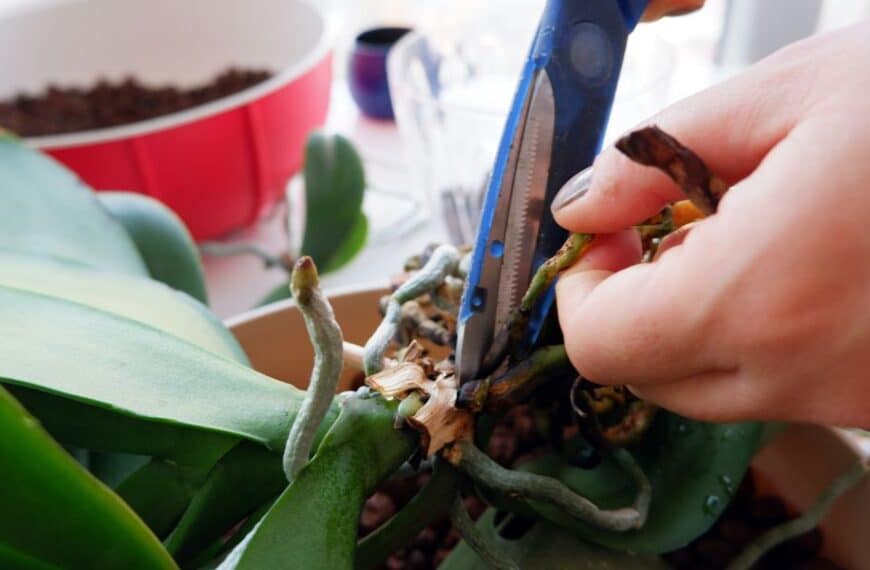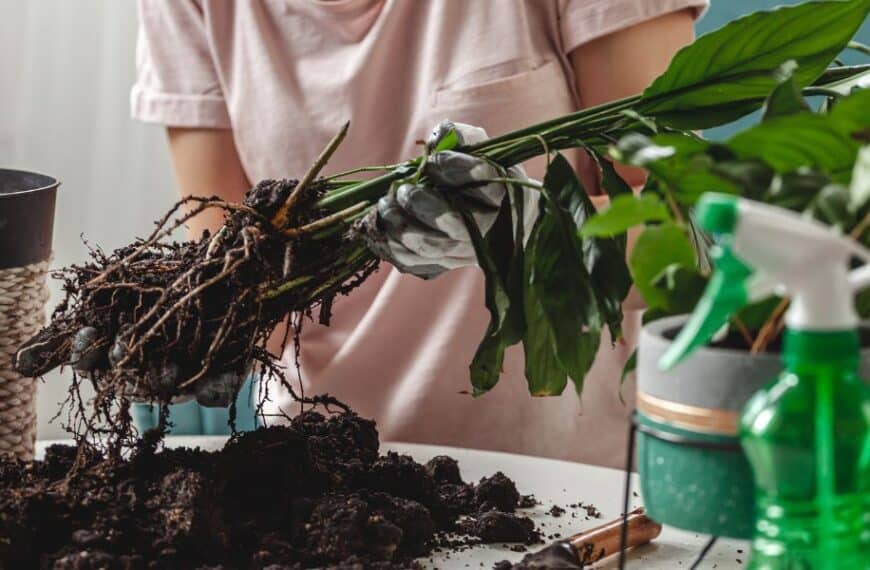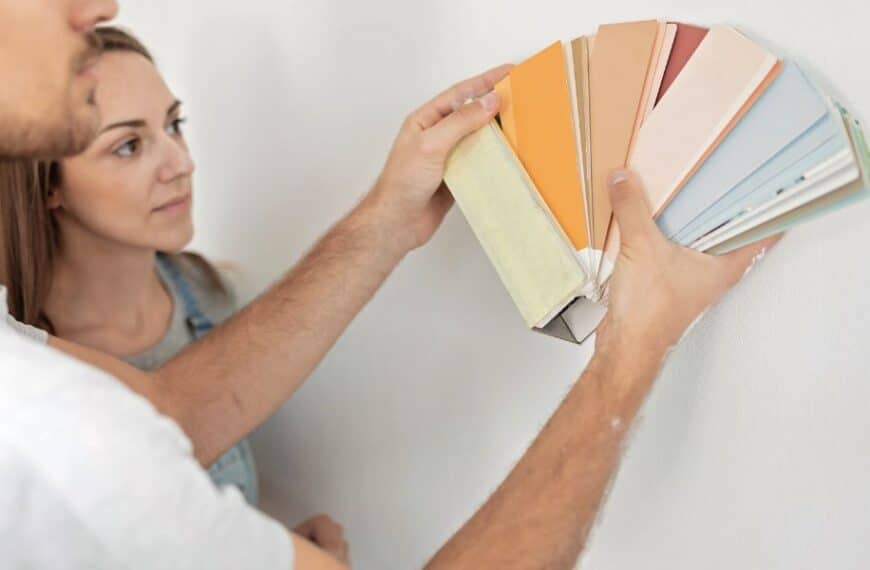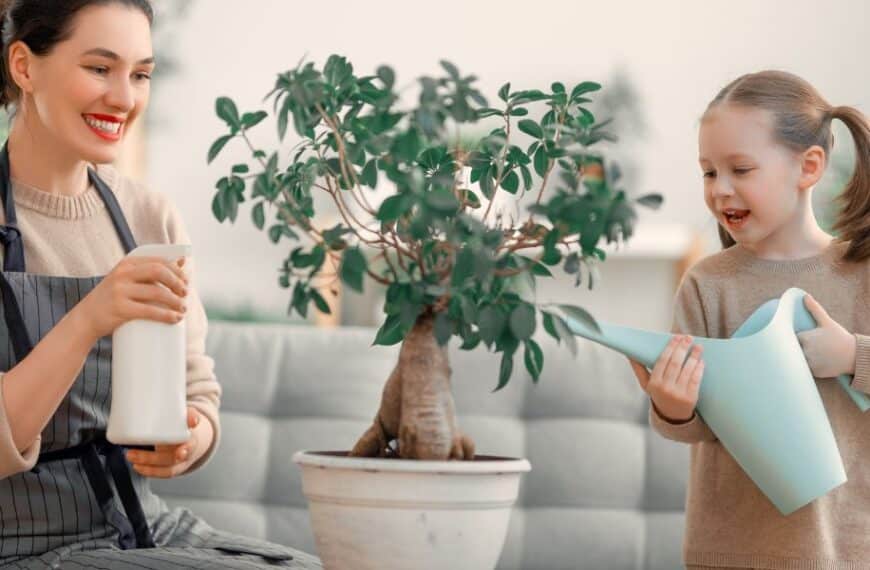Content
The Leaning Tower of Pisa is a world-renowned architectural marvel, famous for its unintentional tilt. But when your indoor plants start to mimic this iconic structure, it’s less of a marvel and more of a concern.
Indoor plants growing sideways can be a sign of several issues, from inadequate light to poor nutrition. But don’t worry, your green thumb hasn’t lost its touch.
With the right knowledge and care, you can straighten out your leafy friends and restore their upright growth.
Understanding the Lean
Before you can correct the problem, it’s important to understand why your plant is leaning in the first place. Plants grow towards their light source, a phenomenon known as phototropism.
If your plant is not receiving enough light or if the light is coming from one direction only, it may start to lean or grow sideways.
Other factors that can cause a plant to lean include improper watering, lack of nutrients, or physical damage.
Check Your Light Source
The first step in correcting your leaning plant is to assess its light source. Is your plant getting enough light? Is the light evenly distributed?
If not, consider moving your plant to a brighter location or rotating it regularly so all sides receive equal exposure to light. You could also invest in a grow light if natural light is insufficient.
Watering and Nutrition
Just like humans, plants need water and nutrients to thrive. Overwatering or underwatering can cause your plant to lean.
Most indoor plants prefer their soil to dry out slightly between waterings. Stick your finger about an inch into the soil; if it feels dry, it’s time to water.
Nutrient deficiencies can also cause leaning. If your plant’s leaves are yellowing or dropping off, it might need more nutrients. Use a balanced houseplant fertilizer and follow the package instructions carefully.
Support Your Plant
Sometimes, a plant may need a little physical support to grow straight. You can use a stake or a small trellis to gently guide your plant upwards.
Be careful not to damage the roots when inserting the stake into the soil.
Pruning and Repotting
Pruning can help balance out a leaning plant. Remove any dead or dying leaves and branches, and consider pruning back the side of the plant that’s growing more vigorously. This can help redirect the plant’s energy towards its weaker side.
If your plant has outgrown its pot, it may start to lean or tip over. Repotting into a larger container can give your plant the space it needs to grow upright.
Choose a pot that’s one size larger than the current one and make sure it has good drainage.
Patience is Key
Remember, plants grow slowly, and it may take some time for your leaning plant to straighten up. Be patient and consistent with your care, and soon enough, your indoor garden will be standing tall once again.
In the world of indoor gardening, a leaning plant is not an uncommon issue. But with these tips in hand, you’ll be well-equipped to handle this challenge and keep your plants growing strong and healthy.
So don’t let a little lean get you down – embrace it as an opportunity to learn more about your plants and their needs.








